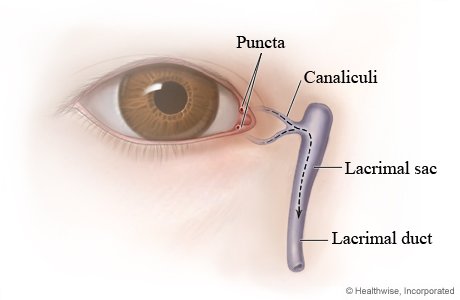If you ever visit the southern Indian state of Kerala purely as a tourist, you will no doubt make your way through some of its most well-known sites – the backwaters of Alleppey, the old town of Fort Kochi, the tea estates of Munnar, the cliffs of Varkala, and the beaches of Kovalam. Even today, in each of these tourist havens, it is possible that you will come across shops selling postcards of Kerala’s picture-perfect landscapes, its boat races, its food and its traditional art forms – like this eye-catching image of a Kathakali performer.
I was surprised to find very few photographs of Kerala in the MAP archive, though it does possess numerous paintings, drawings and sculptures from the region. But given that this image did not show up in my search either, that absence may have more to do with the small failures of the cataloguing system than a larger oversight in the collection itself.
T.S Satyan likely made this photograph as part of an assignment to photograph in Kerala. It is a striking image, depicting the artist rubbing the seed of the ‘Chunda Poo’ or Solanum Indicum, a variety of wild eggplant, under their eyelids.
The photograph is so closely cropped that it abstracts into shapes and colours – yellow, red, green, white and black; an eye and the tip of a finger, a painted eyebrow and the edge of a nose. It is not a descriptive image, but it is a beautiful one. And in that way, it floats out of the bounds of the context in which it was made. I ask the little Roland Barthes who lives in my head – is this an image that is all Punctum all the way?
Bloodshot Eye of a Kathakali Dancer Induced by Rubbing the Chunda Poo Seed
Late 20th Century
T.S. Satyan

